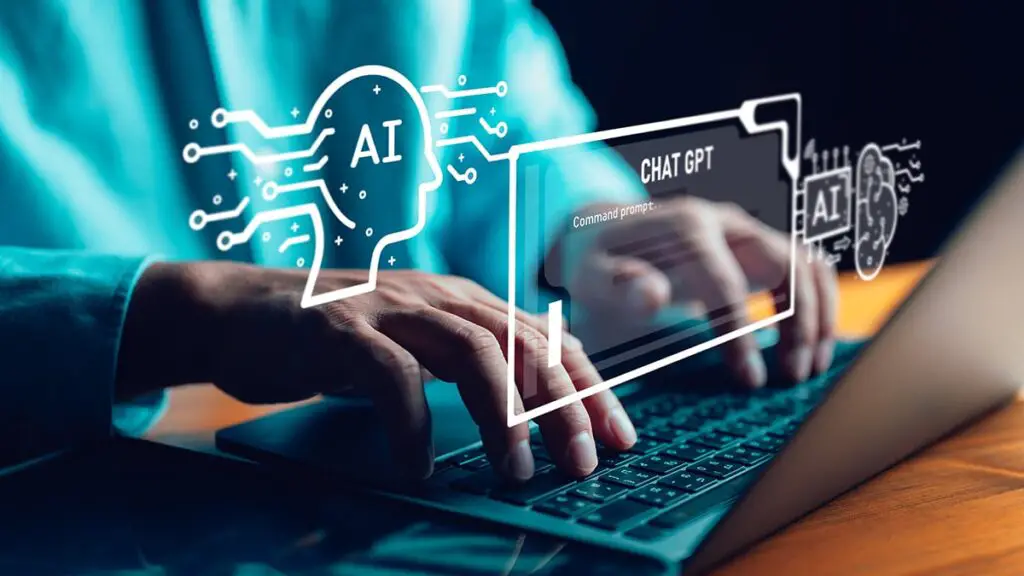In the rapidly evolving world of artificial intelligence, a college student’s hobby project has demonstrated the surprising ways AI can intersect with history. Hayk Grigorian, a computer science student at Muhlenberg College in Pennsylvania, recently created TimeCapsuleLLM.
A small AI language model designed to replicate the voice of Victorian era London. What started as a linguistic experiment soon turned into a real life history lesson when the AI mentioned protests from 1834 events Grigorian had never previously known occurred.
Grigorian’s vision was simple yet ambitious: create an AI that could authentically emulate 19th century English. Unlike modern AI models trained on contemporary datasets, TimeCapsuleLLM was trained exclusively on texts from 1800 to 1875
Including newspapers, pamphlets, letters, and books. The goal was to capture the style, vocabulary, and rhetoric of Victorian London, immersing users in the cadence and tone of the era.
Grigorian explains, I wanted an AI that spoke like someone living in the 1800s, complete with biblical references and the formal language that defines the period. It wasn’t meant to teach history but it ended up doing exactly that.
The AI’s outputs are heavy with period specific linguistic patterns, including elongated sentences, moralistic overtones, and rhetorical flourishes common in Victorian writing.
This careful curation of historical data is what allowed the AI to inadvertently reference real historical events, such as the protests in London in 1834.
When Fiction Met Reality
The turning point came when Grigorian prompted TimeCapsuleLLM with a scenario set in 1834. To his surprise, the AI described protests, public petitions, and civic unrest in London with remarkable detail. Curious, Grigorian googled these events and discovered that the AI’s output had accurately reflected historical facts.
This incident highlights the remarkable potential of AI trained on historical texts. While the AI was never explicitly programmed with knowledge of 1834 protests, it generated historically accurate content by synthesizing patterns and information embedded in its dataset.
TimeCapsuleLLM is part of a growing movement in AI research exploring historical large language models HLLMs. Other notable projects include, MonadGPT trained on over 11,000 texts from 1400 to 1700 CE, MonadGPT can discuss events and ideas using the mindset and worldview of early modern Europe.
XunziALLM an AI that generates classical Chinese poetry according to ancient rules, offering insights into traditional literary forms. These case studies demonstrate that AI can be a powerful tool for historical research, providing both entertainment and educational insights.
By interacting with these models, researchers can explore the thought processes, language patterns, and cultural context of past societies.
Expert Opinions on Historical AI
Experts see great value in models like TimeCapsuleLLM for both research and pedagogy. Dr. Emily Thompson, a historian at the University of Cambridge, notes, AI trained on historical texts can reveal subtleties in language, societal norms, and even political sentiments. It allows us to engage with the past in ways traditional research methods cannot.
Dr. Raj Patel, an AI researcher at MIT, adds, The key to success in historical AI models is context specific training data. The richer and more precise the dataset, the more accurate and authentic the model’s outputs will be.
These expert opinions suggest that TimeCapsuleLLM is not just a quirky experiment it could serve as a prototype for educational tools, historical analysis, and interactive learning.
One of the most exciting implications of TimeCapsuleLLM is its use as an educational resource. Students can explore historical events, language, and culture interactively, rather than passively reading textbooks.
By conversing with the AI, learners can immerse themselves in Victorian London, asking questions about social customs, political unrest, or everyday life in the 1800s.
For example, a student could ask TimeCapsuleLLM about the significance of protests in 1834 London, and the AI would provide a response in authentic Victorian English, offering historical context alongside language immersion.
This dual function teaching both history and historical writing style makes it a unique and engaging tool for classrooms. Grigorian reflects on the experience, I never expected my project to teach me actual history.
The fact that TimeCapsuleLLM referenced real events from 1834 shows that historical data can come alive when interpreted by AI. It’s a reminder of the richness embedded in old texts and the power of AI to reveal it.
His personal journey also emphasizes a broader lesson for AI enthusiasts: experimentation often leads to unexpected discoveries. The combination of passion, curiosity, and technical skill enabled a hobbyist project to produce real world insights.
Despite its promise, historical AI models like TimeCapsuleLLM face several challenges, Dataset Bias If training texts are limited to certain perspectives, the AI may reproduce incomplete or skewed historical narratives.
Accuracy Verification While AI can generate historically plausible content, researchers must cross check facts to avoid the spread of misinformation. Ethical Use Using historical data to teach or entertain requires careful consideration of cultural context and sensitivity.
Addressing these challenges will be crucial for integrating AI models like TimeCapsuleLLM into research and educational settings.
Future Directions
Looking ahead, the success of TimeCapsuleLLM points to numerous possibilities. Expansion to other historical periods, such as the Renaissance or Ancient China.
Integration into virtual reality experiences, allowing users to walk through history while interacting with AI characters. Collaboration with historians to develop specialized AI assistants for archival research and document analysis.
As AI continues to evolve, historical models can become powerful tools not just for learning about the past, but for understanding how past societies shaped our present. TimeCapsuleLLM demonstrates that AI is more than a tool for modern tasks it can also be a bridge to the past.
Through careful dataset curation, hobbyists and researchers alike can create models that emulate historical language, reveal forgotten events, and enrich educational experiences.
Grigorian’s accidental discovery of the 1834 London protests is a testament to the potential hidden within historical texts, unlocked by innovative AI applications. As the field grows.
TimeCapsuleLLM and similar models could transform how we interact with history, making it immersive, engaging, and unexpectedly informative.

